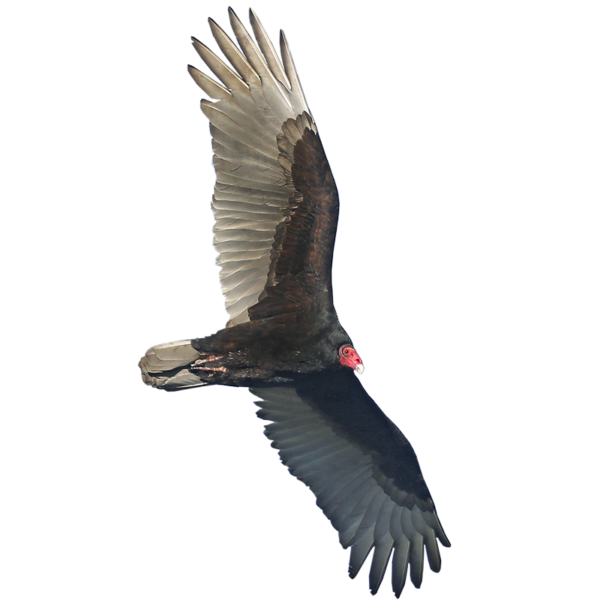Stories that fly
Between the months of October and November, the skies over the Isthmus are filled with a community of traveling visitors. […]
Between the months of October and November, the skies over the Isthmus are filled with a community of traveling visitors. This is the largest migration that takes place in the hemisphere. Millions of birds travel 12,763 kilometers by land and water from faraway Canada to the southern reaches of Tierra del Fuego in Argentina. In the Panamanian skies and over the Ancon Hill, the birds of prey known as the Red-crowned Gallinule (Cathartes aura), the Red-winged Hawk (Buteo platypterus) and the Swainson’s Hawk (Buteo swainsonii) are counted by attentive, keen expert eyes, also Panamanians.
“My name is Domi Alveo and I was born in the Anton Valley. I have always loved nature and have the opportunity to work with birding groups, particularly with the Audubon Society. I have been observing migrating birds for 17 years, with a record sighting of two million birds flying over Ancon Hill. The hill is particularly important because the birds move through columns of thermal air. The hot air is produced on land, here on the hill. The birds range from North America to South America. We are privileged to be one of the few places in the world where this natural phenomenon takes place: it includes Kèköldi (Costa Rica) as the most emblematic site, as well as Veracruz in Mexico, Ancon Hill in Panama, Eilat in Israel and Batumi in the Republic of Georgia. We are special in the world,” Alveo concludes.
Birds have been migrating for centuries and there are records of this phenomenon since Europeans arrived in the Americas.
Probably, this great journey has been going on since the Isthmus emerged from the ocean floor millions of years ago. It is unique, special and millenary.

The birds on their epic journey move over land, mainly due to the phenomenon of warm air production. “Many stay in areas of Central America, others in the plains between Venezuela and Colombia, and others in Panama,” says Ovidio Jaramillo, a graduate of the Panama Commercial Institute, and another of the Audubon Society’s volunteers, who since 2005, helps in the counting of migratory birds.
The passage of migratory birds is monitored by birding societies throughout the continent. Wind speed, temperature, visibility, species sighted and flight direction are the information recorded.
“We count passage birds, between eight in the morning and five in the afternoon. Regularly, they are counted for about eight hours. The information is shared on a website, and serves to analyze migratory patterns, numbers of individuals and all the scientific information that allows us to report the phenomenon,” explains Domi.
Bird reports are announced as soon as they leave North America along the entire continental route. The Isthmus of Panama, which is the narrowest part of the hemisphere, is of enormous importance. The forests of the interoceanic region are key in bird protection. “The National Parks, Soberanía, Chagres and the forests west of the Canal are vital for the shelter, refuge and food source of these migrating flying visitors,” notes Ovidio Jaramillo.
The sun sets over the Canal, and as the volunteers watch the horizon, it is time for the winged visitors to rest from their journey. Domi and Ovidio observe with a smile of satisfaction: “Already the tired travelers are settling down to perch on the forests to the west of the Canal,” they add.
We are privileged in Panama to observe this spectacle. Without the forests of the Watershed, this continental migratory phenomenon would not be possible. We have an obligation to conserve all the existing forests in the country. Conservation is an expression of hospitality. When we see the great spirals of birds over the skies of the Canal, we will be witnessing a unique event that takes place here, and particularly on Ancon Hill. Visit the hill to share this special moment of biodiversity.
“The traveling birds, all Panamanians and the Canal, need the forests, and we must contribute to the conservation and dissemination of the wonders they offer us,” conclude Domi and Ovidio.